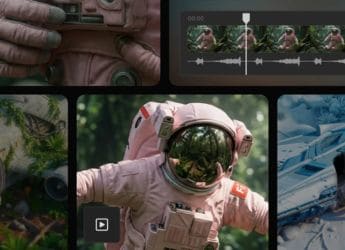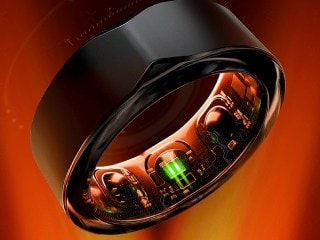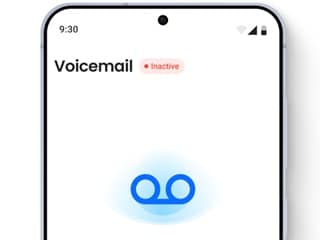- Home
- Science
- Science News
- New Experiment May Let Astronomers 'See' the First Stars, Galaxies Through the Fog of the Early Universe
New Experiment May Let Astronomers 'See' the First Stars, Galaxies Through the Fog of the Early Universe
Observing the birth of the first stars and galaxies has been a goal of astronomers for decades, as it will help explain the evolution of the Universe.

Photo Credit: NASA/JPL-Caltech
An artist's illustration of the universe in its early days as stars "spring up" out of the darkness
Detecting light from the earliest stars and galaxies through clouds of hydrogen could soon be possible, according to researchers. Astronomers have aimed to detect a signal that is a thousand times weaker and other radio signals. Due to the clouds of hydrogen, which absorb light very effectively, using a radio telescope to trace the signal would result in distortions in the observation. Researchers at Cambridge University have created a methodology to eliminate these distortions, allowing them to look through the earliest stars and galaxies, and how they interacted with the hydrogen clouds.
The new method is part of the Radio Experiment for the Analysis of Cosmic Hydrogen (REACH) experiment and is expected to enhance the capability and quality of radio telescopes in making observations of the universe's development.
“At the time when the first stars formed, the universe was mostly empty and composed mostly of hydrogen and helium. Because of gravity, the elements eventually came together, and the conditions were right for nuclear fusion, which is what formed the first stars. But they were surrounded by clouds of so-called neutral hydrogen, which absorb light really well, so it's hard to detect or observe the light behind the clouds directly,” said Dr Eloy de Lera Acedo from Cambridge's Cavendish Laboratory. Lera Acedo is also the lead author of the study published in Nature Astronomy.
Results published by another research group in 2018 had suggested the detection of the earliest light. However, astronomers could not achieve the same result again prompting them to think that the original result was due to interference from the telescope employed.
While studying the development of the early universe, astronomers analyze the 21-centimeter line, which is an electromagnetic radiation signature from hydrogen in the early universe. They search for a radio signal that measures the difference between radiation from the hydrogen and radiation behind the hydrogen fog.
In the new study, researchers have used Bayesian technique to detect such signals while interference from the telescope and general noise from the sky remains. This helps in separating the primary signal from the distortion.
“Our method jointly analyses data from multiple antennas and across a wider frequency band than equivalent current instruments. This approach will give us the necessary information for our Bayesian data analysis,” said Lera Acedo.
Astronomers are currently working to finalize the construction of the telescope at the Karoo radio reserve in South Africa. The location is said to serve the best conditions for radio observations in the sky.
Get your daily dose of tech news, reviews, and insights, in under 80 characters on Gadgets 360 Turbo. Connect with fellow tech lovers on our Forum. Follow us on X, Facebook, WhatsApp, Threads and Google News for instant updates. Catch all the action on our YouTube channel.
Related Stories
- Samsung Galaxy Unpacked 2025
- ChatGPT
- Redmi Note 14 Pro+
- iPhone 16
- Apple Vision Pro
- Oneplus 12
- OnePlus Nord CE 3 Lite 5G
- iPhone 13
- Xiaomi 14 Pro
- Oppo Find N3
- Tecno Spark Go (2023)
- Realme V30
- Best Phones Under 25000
- Samsung Galaxy S24 Series
- Cryptocurrency
- iQoo 12
- Samsung Galaxy S24 Ultra
- Giottus
- Samsung Galaxy Z Flip 5
- Apple 'Scary Fast'
- Housefull 5
- GoPro Hero 12 Black Review
- Invincible Season 2
- JioGlass
- HD Ready TV
- Laptop Under 50000
- Smartwatch Under 10000
- Latest Mobile Phones
- Compare Phones
- OnePlus 15R
- Realme Narzo 90x 5G
- Realme Narzo 90 5G
- Vivo S50 Pro Mini
- Vivo S50
- OPPO Reno 15c
- Redmi Note 15 5G
- Redmi Note 15 Pro 5G
- Asus ProArt P16
- MacBook Pro 14-inch (M5, 2025)
- Infinix Xpad Edge
- OnePlus Pad Go 2
- OnePlus Watch Lite
- Just Corseca Skywatch Pro
- Acerpure Nitro Z Series 100-inch QLED TV
- Samsung 43 Inch LED Ultra HD (4K) Smart TV (UA43UE81AFULXL)
- Asus ROG Ally
- Nintendo Switch Lite
- Haier 1.6 Ton 5 Star Inverter Split AC (HSU19G-MZAID5BN-INV)
- Haier 1.6 Ton 5 Star Inverter Split AC (HSU19G-MZAIM5BN-INV)

















